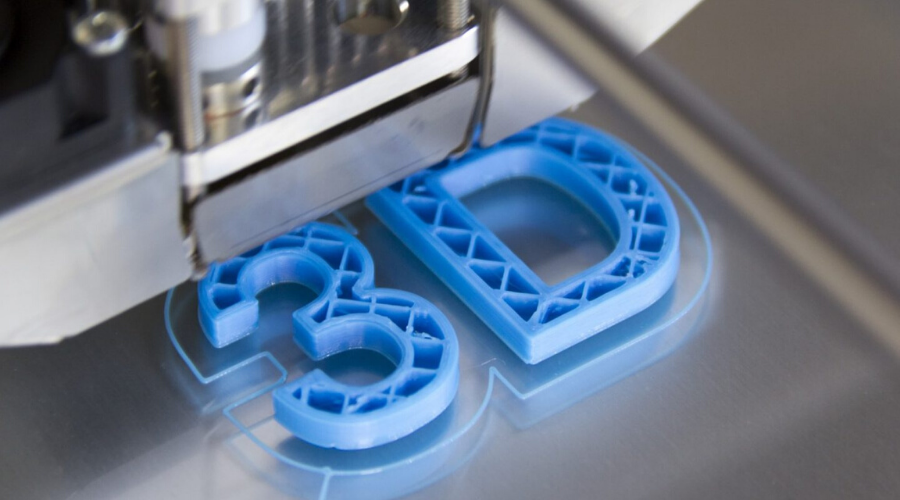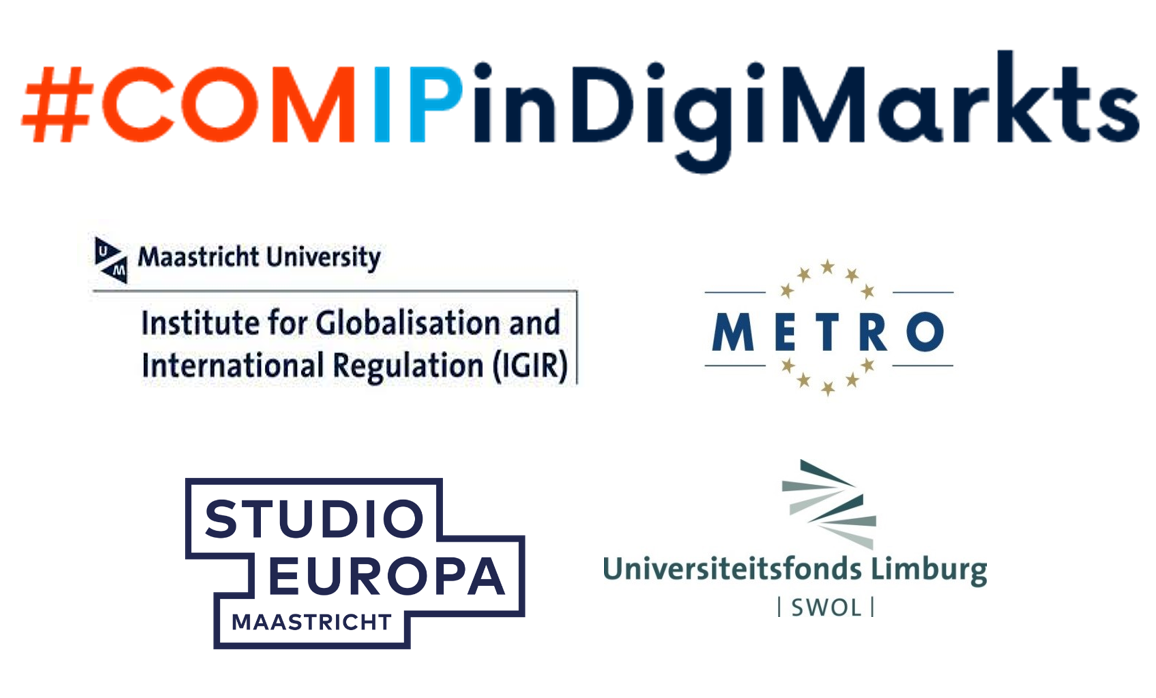Reconceptualize the interface of IP rights for 3D printing

The intellectual property (IP) legal system for 3D printing is challenged by digital technologies and the platforms that disseminate Computer-aided design (CAD) files. Can the IP system be reconceptualized as a complex adaptive system to better incentivize and channel resources of 3D designs on digital platforms?
3D printing is a set of enabling technologies that empower individualized design and manufacturing, which is leading to sustainable and green transformations of the resource-intensive industry sectors. With the democratization of 3D printing and associated online repositories becoming the ‘next Napster’, a trend would see printable files disseminated on the Internet as easily as digital music files were in the 1990s and 2000s with consequences for profit-making and creative recognition and control.
With a view of the platform economy and organizational innovation, peer production activities like 3D printing share the three core characteristics: (a) decentralization of conception and execution of problems and solutions, (b) harnessing of diverse motivations, and (c) separation of governance and management from property and contract, e.g., Creative Commons. A more dramatic break with the binary state/market framework was the recognition of innovation in social practices outside market-based firms or state-funded institutions. With 3D printing, user communities are better able to use CAD software to create and share designs online and increase the rate and scope of innovation. As user innovation and the peer-production literature began to overlap, it became clear that a major advantage of commons-based peer production was its capacity to harness diverse prosocial motivations. Reichman further offered detailed studies of “contractually reconstructed commons”: the practice of creating particularly scientific commons through various licensing devices help create special institutional innovations to manage the boundary between exploration and exploitation in the sciences.
The benefits harnessed by the democratization of 3D printing technologies have not been fully unleashed, however, due to the sectoral IP system and its entangled relation with competition law. First, the derivative nature of 3D designs blurs the line between private and commercial use. 3D printing starts as a digital entity and quickly becomes physical, which creates a blurred boundary between the two. Thus, it is questionable whether a design facilitated by CAD software should be protected by copyright, design or overlapping protection. Second, the production is transformative when turning a 2D design into a 3D object with extra value than that in the original 2D form is being created. Since the functional and aesthetical values of a design in the form of a CAD file are highly merging, it is insufficient to license designs at the manufacturer level. It is more so when it comes to tackling counterfeiting as counterfeiting needs not to cross borders. Third, Schovsbo and Nordberg have noted the ‘external’ limits of European design rights, in the form of competition law’s provisions against the abuse of a dominant position and fundamental rights may operate in practice as providing additional exceptions to design rights infringement. With the ECN+ Directives and the proposal of the Digital Services Act and the Digital Markets Act by the European Commission, all of these challenges will require new enforcement and protection strategies.
To conclude, the IP system needs to be reconceptualized with a better-integrated multi-functional interface to protect designers, manufacturers and consumers while maintaining a delicate balance among various stakeholders, especially the platforms.
| This guest blog was written by Angelia Jia Wang for the IGIR and METRO Faculty of Law Maastricht #COMIPinDigiMarkts2022 project - More blogs on Law Blogs Maastricht |

This guest blog is part of the project #COMIPinDigiMarkts2022. These blogs have been specially prepared by participating internal and external project members and focus on competition law and IP law, with particular reference to the digital markets.